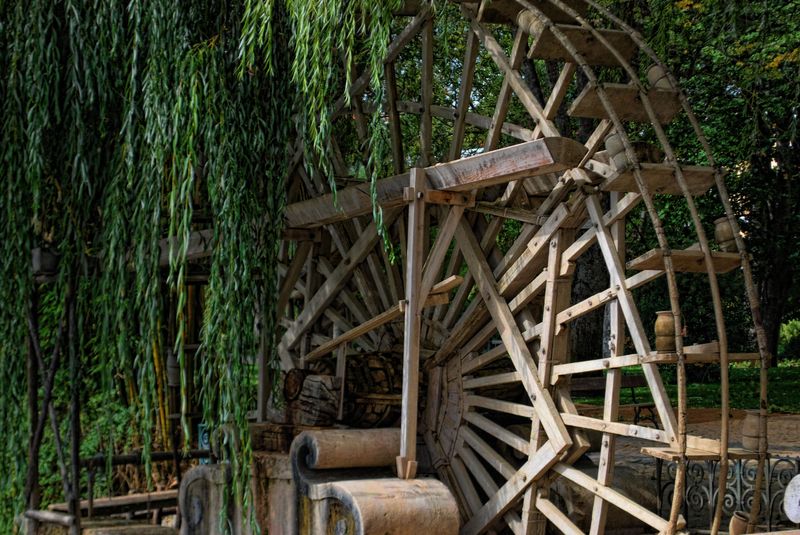John Brown
Freeloading Social media influenza
Here's the downside to solar water heating from my perspective(ours came with the house). I still have to turn the water heating on early morning, as the grandchildren wake up early, and we need HW to be available. Then, if it is sunny, the solar heating doesn't contribute much. We tend to run out of hot water a lot, and it's frustrating, having had a combi for 14 years.
Ultimately, when this boiler reaches EOL, I will look for a combi that can accept pre-heated water. It seems to me to be the only sensible solution.
Ultimately, when this boiler reaches EOL, I will look for a combi that can accept pre-heated water. It seems to me to be the only sensible solution.

































